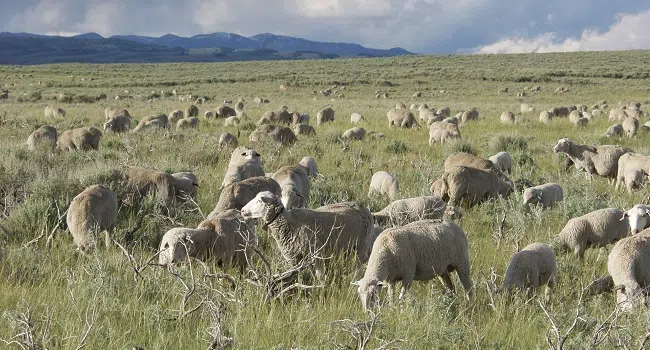The Midwest remains a key player in the U.S. sheep industry, with states like Iowa, South Dakota, and Minnesota contributing significantly to sheep operations. Iowa leads in the number of sheep operations, and lamb production has gained traction, especially after the COVID-19 pandemic boosted consumer demand.
While sheep numbers have held steady nationwide, California faces challenges due to high labor costs, leading to a 15% decline in sheep numbers. The American Sheep Industry Association (ASI) is expanding export markets, particularly for wool, and industry outlook remains positive, driven by growth in ethnic markets and interest in sustainable products.
In the Midwest, sheep farming faces both opportunities and challenges, including rising interest in direct-to-consumer sales and local processing. Producers are focusing on major breeds for meat production, and while wool demand is growing, it faces competition from synthetic fibers. Health concerns, especially parasites like the barber pole worm, remain a major challenge, and producers are adopting integrated management strategies.
Despite fluctuating market prices, the region is seeing growth in niche markets and value-added products, with a focus on sustainability and local food movements, positioning the Midwest for continued industry growth.
Photo Credit: The USDA

Comments